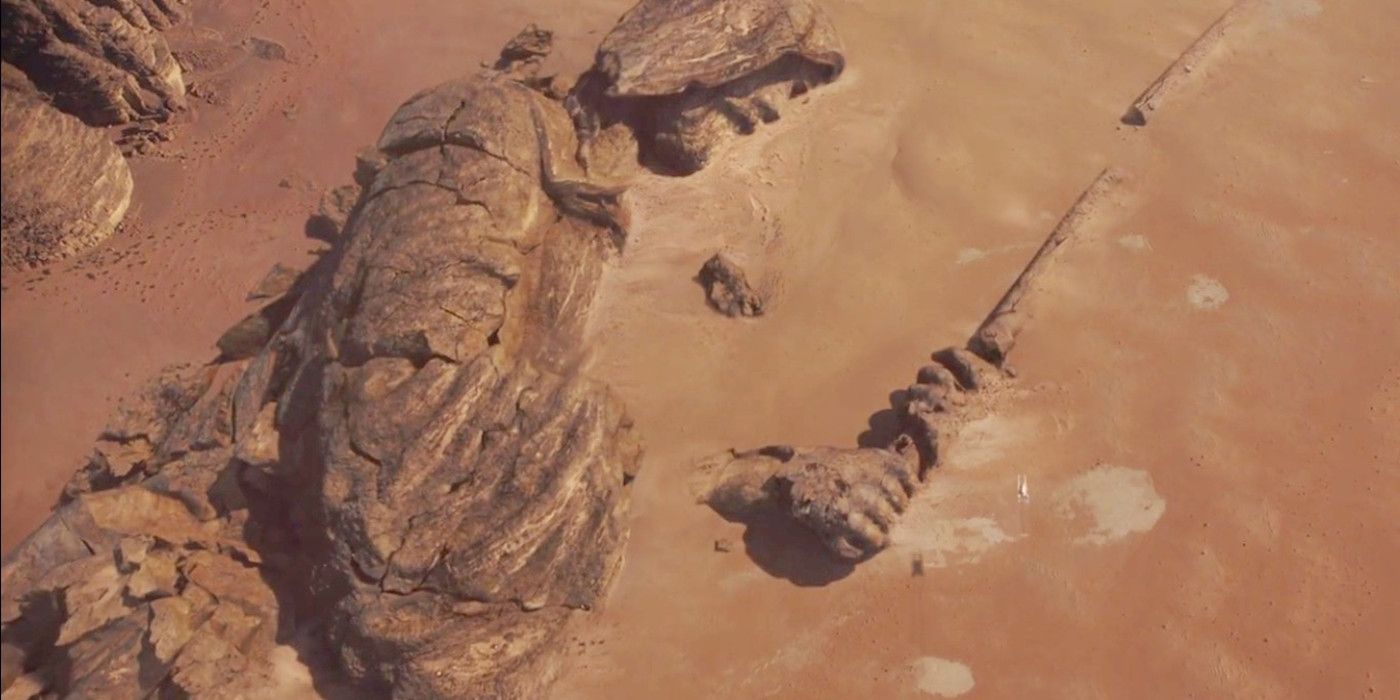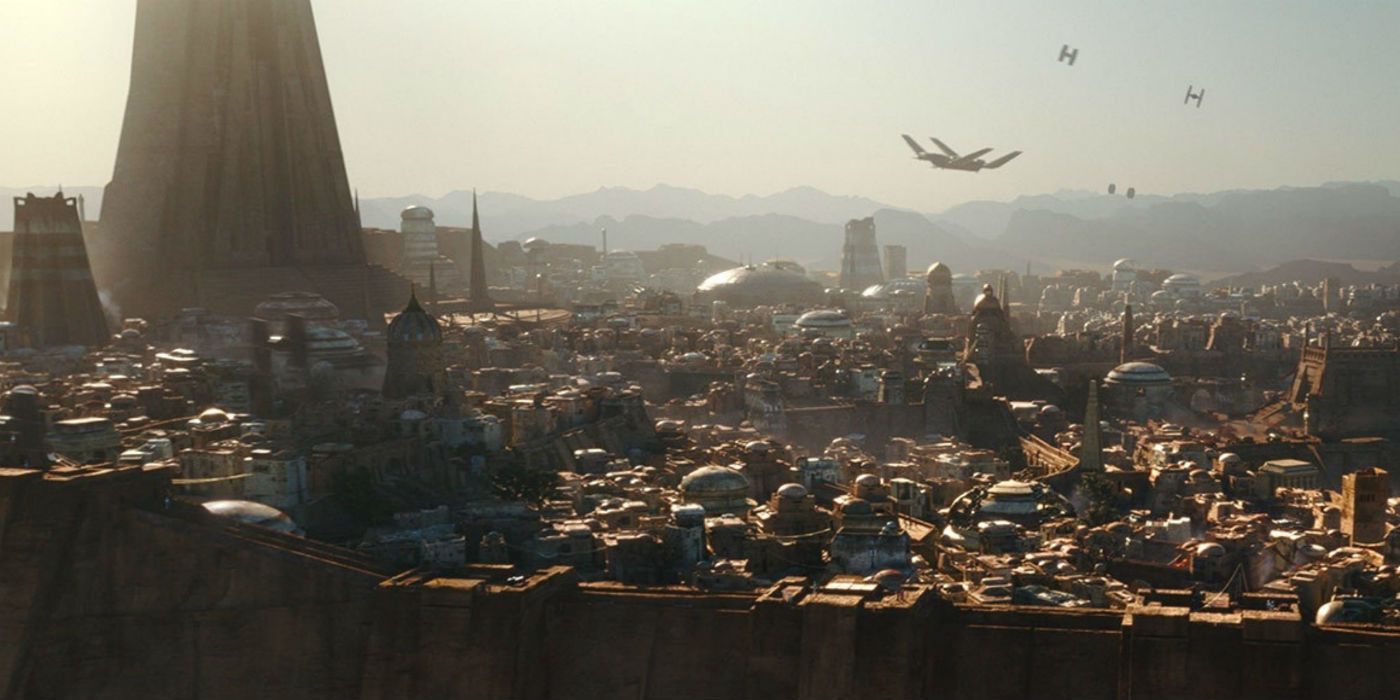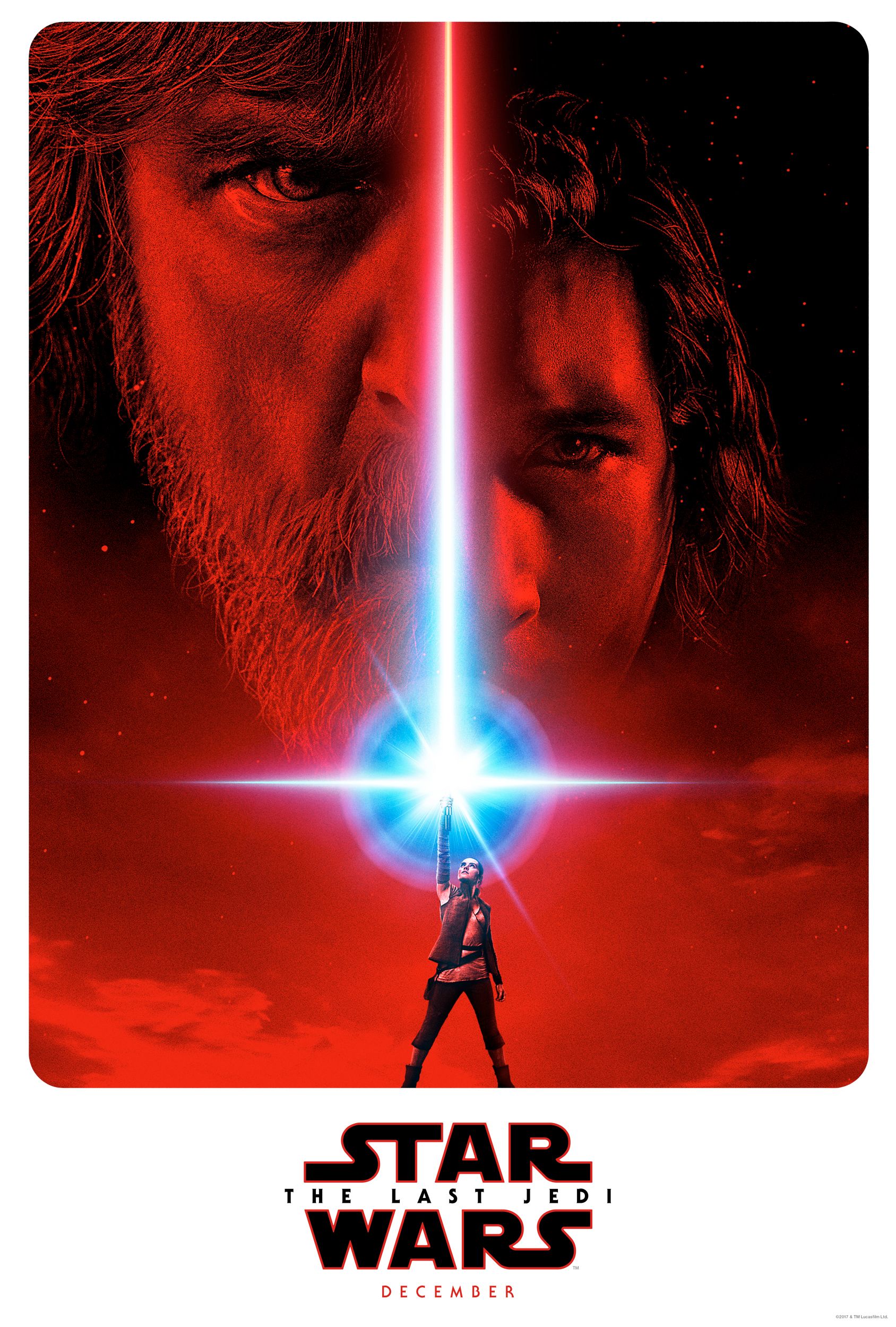Just a few short months ago, Rogue One provided moviegoers with the second Star Wars film in as many years. And while it didn't touch the massive haul of The Force Awakens, the spinoff film featuring mostly new characters still broke the $1 billion mark at the global box office. Part of that was the brand and a bit came from the high number of cameos that almost didn't make the cut, but a lot of it had to do with the captivating story and the amazing performances by the cast.
Though fans naturally can't stop talking about the appearance of Leia at the end or Darth Vader's climactic battle, the film was the more than just a bridge to A New Hope. While telling a personal and action-packed story, it managed to expand the existing Star Wars lore with new characters, plots, and locations, all while building on the mythology that's already been established. Part of that came along with the movie's biggest risk: not including any Jedi. Still, the Force ran throughout the film thanks to the Force-sensitive nature of Chirrut Imwe and the holy city of Jedha.
Collider recently spoke with director Gareth Edwards, who explained how the film took a piece of lore from the Expanded Universe, and finally gave it a live-action introduction into the new Star Wars canon.
“If you look at the establishing shot of Jedha from above, the layout of it is this giant, circular rock formation around where Jedha is — the idea was that there was a meteor impact that hit Jedha and it came at such a force that it was what created the Kyber Crystals at the center of that crate of impact. So Jedha is like this very unique place in the galaxy in that it’s got a very high density of Kyber Crystals, which is what the Jedi need for lightsabers. So it became this holy city as a result of that meteor impact. But that must’ve happened maybe millions of years ago. We tried to tell that story in the establishing shot, you see the circular formation and at the heart of it is Jedha city.”
Kyber crystals, for those not familiar, are the stones that power lightsabers and what Chirrut has on his staff. They've popped up in stories on The Clone Wars and Rebels, but their inclusion in Rogue One helped grow the mythology surrounding them. Thanks to the film, we not only learn that the site where they fell is holy thanks to its connection to the Jedi, but that Kyber crystals also power the Death Star's laser. By forging a connection between the weapons used by the Jedi and the Empire, Kyber crystals become a powerfully symbolic piece of Star Wars lore.
Rogue One may not have had a happy ending - or a number of other endings that were proposed - but it provided a standalone yet deeply connected story that helped to flesh out new corners of the Star Wars universe. While all eyes are on The Last Jedi, we're likely to learn some more little secrets about last year's film as its home video release approaches. When we do, we'll let you know.
Next: Watch Rogue One Lead Into A New Hope
Rogue One: A Star Wars Story hits Blu-ray April 4.
Source: Collider





